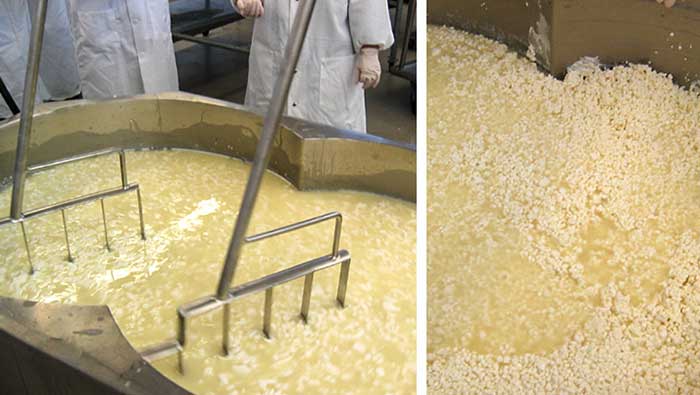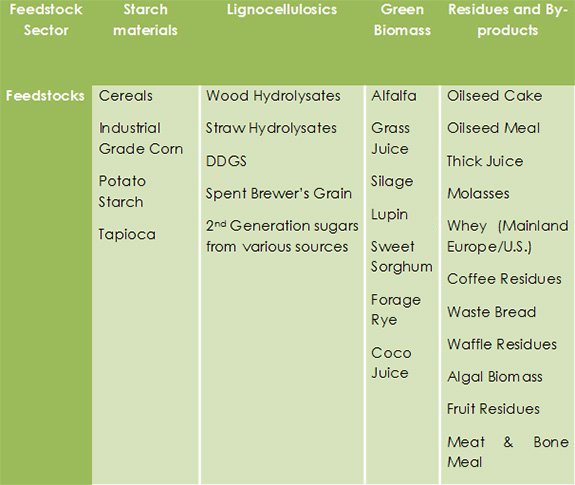Lactic Acid from Lactose Whey - Continuous Production Run
Cambridge, UK. 19 May 2014: Cellulac, the industrial biochemicals company is delighted to announce the world’s first ever industrial level continuous production of lactic acid from deproteinized lactose whey. Our 10 day production run concluded this week and delivered optically pure D(-) Lactic Acid suitable for conversion to bioplastics.
Whey is considered a high volume wastewater obtained as a by-product of the cheese production process following the separation of fat and casein from milk. As it has a high chemical oxygen demand it is considered a major pollution problem for the dairy industry. Cellulac’s cutting edge technology is able to take this by-product and convert it into lactic acid which can be used in the production of bioplastics as well as other industrial chemicals.
Gerard Brandon, CEO of Cellulac, commented;
We are the first company to achieve continuous production of optically pure lactic acid from deproteinized lactose whey at industrial scale. This is a major breakthrough that we will exploit in our Dundalk plant, Ireland, as we build out our Phase 1 production of up to 20,000 tonnes of high specification ingredients. Our resulting lactic acid can be used for industrial strength and heat resistant bioplastics. The use of such 2nd generation alternative source of sugars, in addition to our continuous runs, leads to significant savings in time, productivity, quality, recoverable additives, and ultimately a lower production cost.
“Our innovative solution not only solves a pollution problem for dairy processors, but creates a major value-added product to the agricultural sector in a market deemed to be reliant on commodity prices which are set to come under further pressure from removal of EU Milk Quotas next year.
40% cost saving over first generation Lactic Acid production
Cellulac expect a reduction in cost of production of optically pure Lactic Acid in excess of 40% compared to current approaches that rely on sugar and starch (first generation) feedstocks for a number of reasons.
Feedstocks Tested Since 2007
- The Cellulac bio-production process utilises raw materials that are second generation feedstocks, including lactose whey and lignocellulosic materials (eg straw, spent brewers’ grains, ethanol producers’ distilled dried grains with solubles). These are by products resulting from other commercial or agricultural processes and as such have little intrinsic commercial value, guaranteeing low input costs. By contrast, first generation feedstocks used in alternative bio-production platforms are highly sensitive to commodity price inflationary pressures as a result of their use as basic food crops.
- The Cellulac process significantly reduces the combined cost of energy and enzymes for the conversion of raw feedstocks to fermentable sugars when compared to alternative pre-treatment systems such as steam explosion. This results from the application of the SoniqueFlo™ cavitation technology in the pre-treatment of such feedstocks and the use of cellulac’s proprietary cocktail of enzymes to furnish high yields of both C5 / C6 fermentable sugars for subsequent downstream conversion to biochemicals.
- The Cellulac process removes the majority of the energy costs associated with the downstream processing of fermentation broth to Lactic Acid by the innovative use of supersonic energy and CO2 in SoniqueFlo™ to produce ethyl lactate, an industrial organic solvent derived from Lactic Acid. Conventional processing is highly energy intensive and consumes as much as 67% of the overall cost of Lactic Acid production.
Consortium of Irish Biomedical companies in €3m joint venture to deliver biodegradable implants from 2nd generation biochemicals.
Three Irish biomedical companies Cellulac Limited, Venn Life Sciences Holdings Plc (“Venn”) (AIM: VENN) and Bipharmed West Limited today are pleased to announce a joint venture to pursue the development of biodegradable human implants. This consortium brings...
Irish Start-up Cellulac wins €2.8M from EU Commission for Biorefining Project.
EU grant to Cellulac indicates the high-commercial potential of their product - Sherlock Galway based Greentech company, Cellulac, has received a grant for a record €2.8m from the European Commission to commercialize its biorefining technology that converts...




